What to Do When Your Done Editing Your Video

jacoblund/iStock
Video editing software ranges from free versions that are pretty bare-bones to feature-packed prosumer versions. Indeed, they vary as much as the reasons why people take up video editing—whether to make home videos, to become YouTube stars, to create VR experiences, and more.
Most video editing software for consumers and mainstream users is best used for one or another of these specific functions, but there are a few generalists out there, too. We look at the full spectrum: Free video editing software; paid consumer video editing programs that cost $80 or less; and "prosumer" versions that offer deeper feature sets, though usually for high purchase prices.
Links to full reviews of all the video editing software we've tested can be found at the very bottom of this page.
Updated February 20, 2018 to add our reviews of prosumer packages: Apple Final Cut Pro 10.4, Magix Vegas Pro 15, and CyberLink PowerDirector 16 Ultra, our top pick for best prosumer editor overall. PowerDirector 16 Ultra wins for its 360-video features, but all three of these programs offer tons of features—for a price.
Best video editor overall: Adobe Premiere Elements 2018
Adobe Premiere Elements 2018 offers most of the same basic video editing features you'd find in other consumer packages , but it separates itself from the pack with tutorials and automatic curation and content creation features that very nearly (but not quite) do all the work for you, as long as you don't mind if your videos look generic.
It's this easy access that makes Adobe Premiere Elements our top-rated consumer paid video editor. (Read our full review.)
Runner-up: Corel VideoStudio Ultimate X10.5
At $80 Corel VideoStudio Ultimate X10.5 combines an elegant and professional-feeling interface with high-end specialty features like 3D and 4K Ultra HD, making it one of the most satisfying and versatile consumer-level video editors on the market. It also has an elegant, modern-looking user interface, and can export to YouTube, Facebook, Flickr, and Vimeo with all the options you'd expect. It's versatile, efficient, and top of its class. (Read our full review.)
Best budget video editor: Nero Video 2017
Nero Video 2017 is slightly cheaper at $50 than many competing video editing suites, but it offers most of the same features, including Ultra HD 4K support and intelligent curation features for your media library. And with H.265 format support for mobile devices and the handy ability to switch between a basic and advanced editing mode, Nero will please a wide range of users. It's mostly intended for burning physical media, and doesn't have good social exporting options. But even if you're not planning to do DVDs, Nero is worth a look if you want a budget option for video editing software. (Read our full review.)
Best free video editor: Shotcut
Shotcut has been around for more than 10 years, but it has been steadily updated by open source developers who have been dedicated to the mission of providing a prosumer-level video editing suite at no cost.
This program supports most audio and video formats you'd need, it allows you to carefully craft most aspects of your video with powerful filters, and it has a highly customizable user interface that can scale based on your needs from the basic to the advanced.
It doesn't provide as much guidance as some other software, but curious editors can venture to YouTube and elsewhere on the web for support from a still-active community of enthusiasts.
If you're willing to spend a few hours cracking the eggs, you'll be rewarded with a video editing program that is every bit as useful as others for which you'd spend $100. Read our full review. And check out our full roundup of the best free video editing software.
Best prosumer video editor: CyberLink PowerDirector 16 Ultra
Cyberlink PowerDirector 16 Ultra is a prosumer video editor that aims to bring every feature under the sun to a video editor that is accessible and affordable. There's nothing else in this price range that brings you this many well-implemented features, especially in 360 video. Complexity is its one challenge: The user interface is not always self-explanatory, and the inclusion of so many features means it can be difficult to find what you want. Read our full review.
Video editing software: What features to look for
The basics
When you shop for video editing software, keep these fundamentals in mind. All the video editors we've reviewed can do standard functions like creating clips, transitions, titles, and some effects, though they vary in quality of execution and ease of use.
There are so many different video formats out there, and one device may capture in a different format than another. Furthermore, different devices and platforms need specific file formats for playback—and those formats may be different than what your camera captures! That means you'll want software that can import from a variety of sources and that will support many file formats for export.
That's assuming you're just exporting files. You may want to burn a DVD or Blu-ray disc, or upload your videos directly to YouTube or Facebook. Each of these comes with its own set of necessary features that some apps have and others don't. For disc burning, you need not only support for the right formats, but DVD menu authoring tools so viewers can navigate what you're presenting. On the social side, it's much easier if the application syncs up directly with your account online and allows you to enter metadata like a description, tags, and privacy settings.
Expanding into VR, 4K, and 3D
You may want to expand into specialty and high-end features like stop-motion video, multi-camera editing, 3D 360 VR, and support for the official Ultra HD 4K format used by most Blu-ray players. You'll generally find that the most expensive consumer video editors support these features well, and the cheaper ones either don't support them or produce lackluster results.
Speed and stability
Finally, stability and speed matter—although speed may not be as important if you're not a professional. Nothing is worse than losing your work when the program crashes to your desktop, so we've tested software in a variety of conditions on a typical Windows setup to assess stability.
How we tested
We installed each video editor on a Windows 10 PC running on an Intel Core i5 processor and an Nvidia dedicated graphics card. We used each suite to edit the same two videos: a 4K NASA video from inside the International Space Station, and a 1080p game capture video from Overwatch. We tested most of the filters and transitions in each suite, and cut the same edited versions of each video in each program. We then exported the videos to various file formats and media, as well as web services, to test output quality and speed. Where software offered a notable special feature not supported in the other products, we tested it when our hardware and software setup allowed it.
Video editing software reviews
If you want to learn more about all of the video editing software we've reviewed, see the list below. We'll continue to evaluate more as time goes on—as well as re-evaluate those we've already reviewed.
Final Cut Pro X 10.4 (2017)
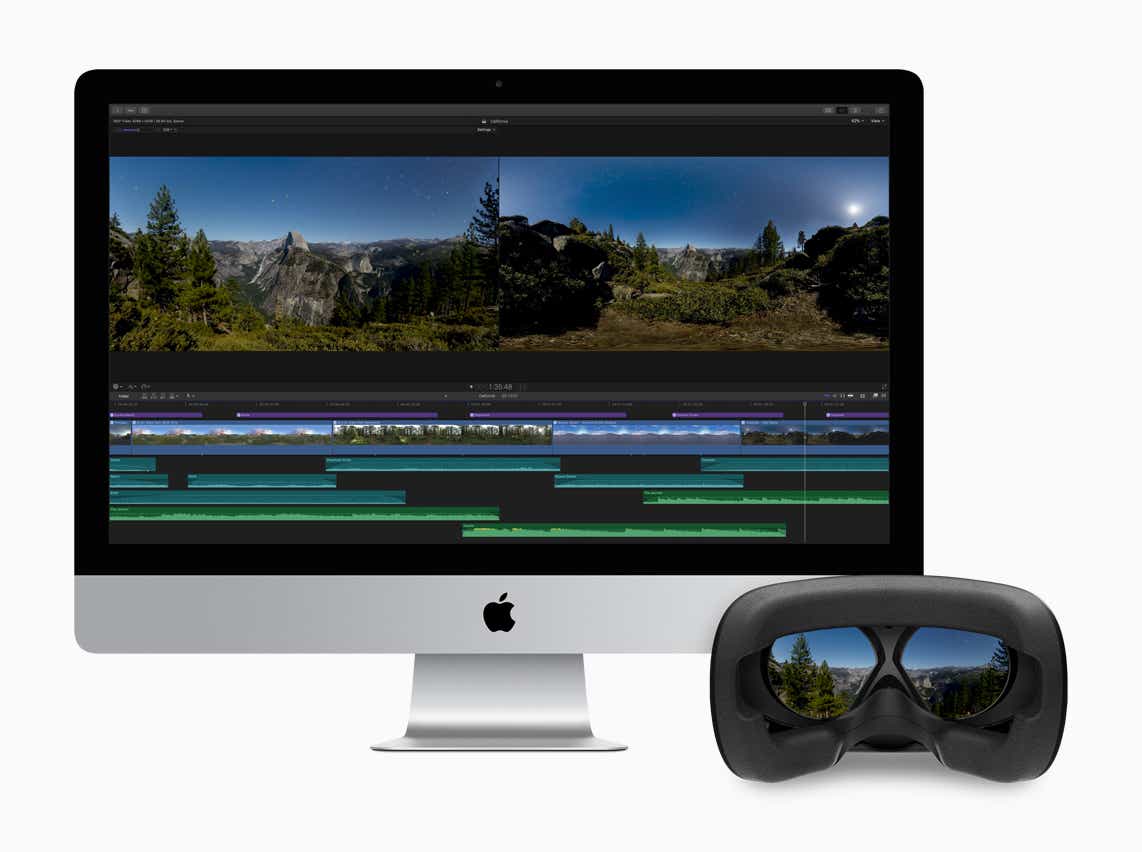
Shotcut
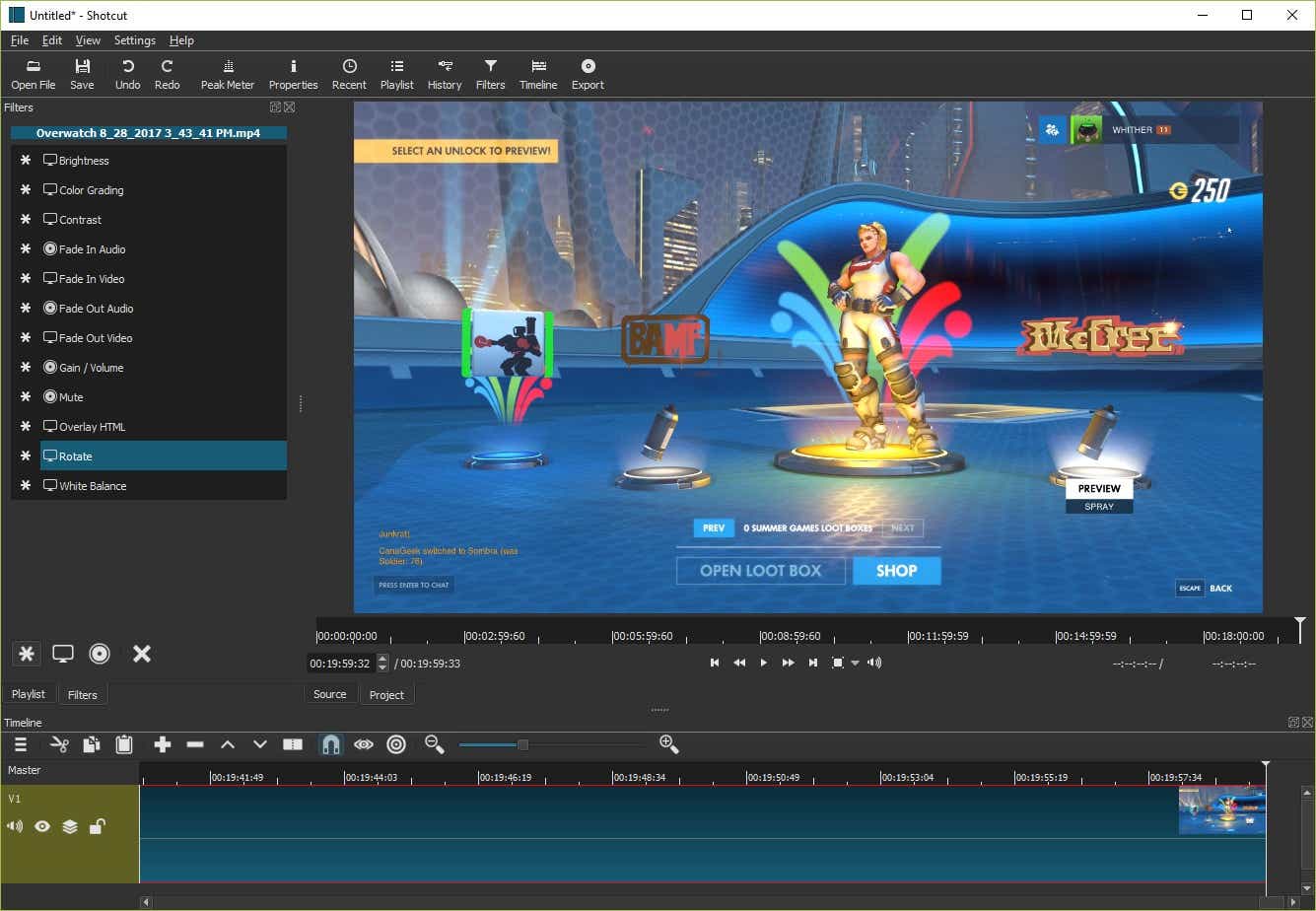

Shotcut has been around for more than ten years, but it has been steadily updated by open source developers who have been dedicated to the mission of providing a prosumer-level video editing suite at no cost.
This program supports most audio and video formats you'd need, it allows you to carefully craft most aspects of your video with powerful filters, and it has a highly customizable user interface that can scale based on your needs from the basic to the advanced.
It doesn't provide as much guidance as some other software, but curious editors can venture to YouTube and elsewhere on the web for support from a still-active community of enthusiasts.
If you're willing to spend a few hours cracking the egg open, you'll be rewarded with a video editing program that is every bit as useful as others for which you'd spend $100.
Read our full Shotcut review
Media Composer First
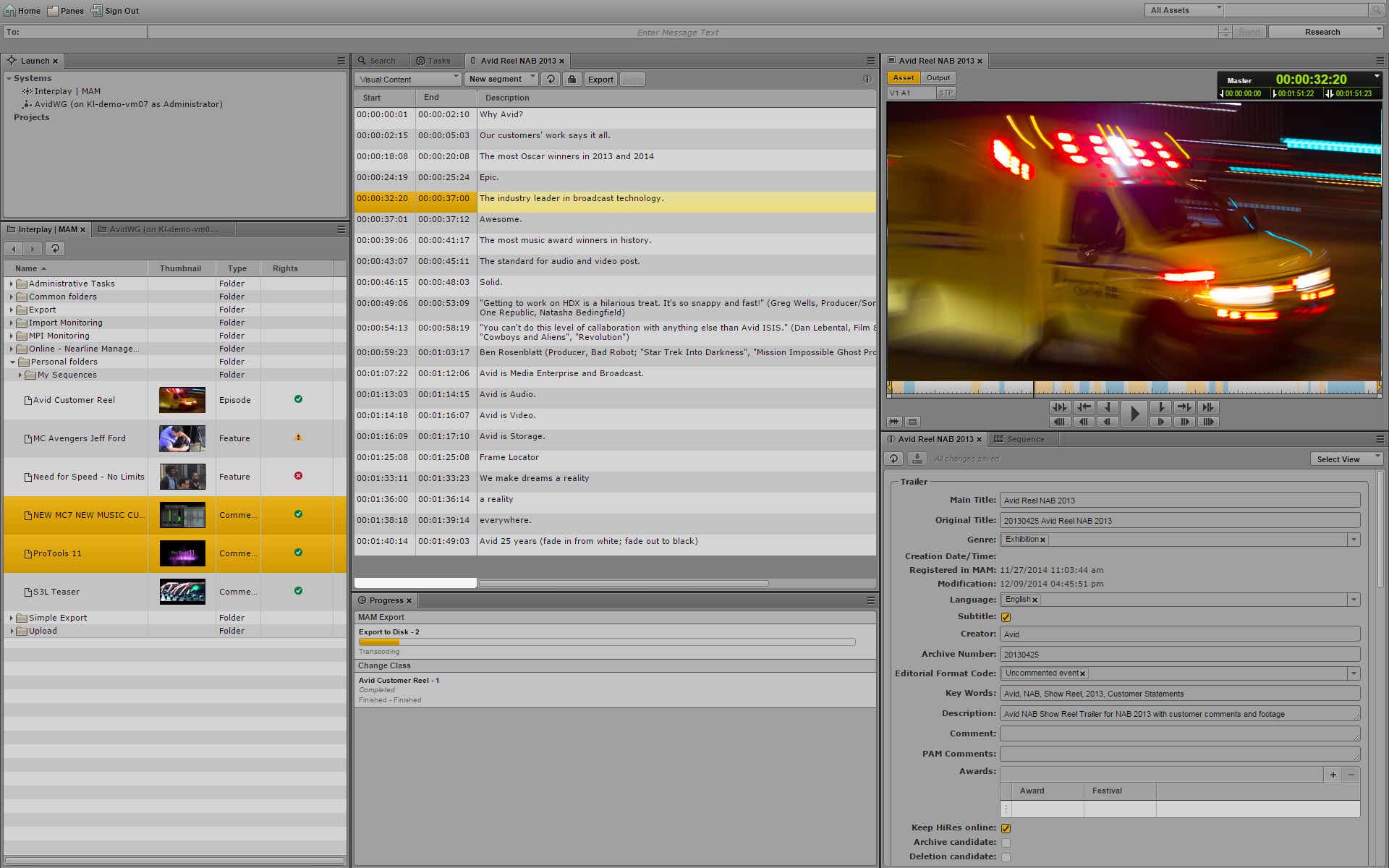
Maybe you recognize the name Avid; the paid, professional version of this software is the industry standard in Hollywood for editing major feature films and TV shows. Surprisingly, the relatively new free version, Avid Media Composer First, offers nearly all the same features as its established big brother.
How can that be? Well, the tradeoff is in exporting—you can't export videos that are higher-quality than 1080p HD, which is required for a lot of professional use. Avid is extremely complex, and can be quite difficult to learn. But there are many resources available to teach you, and once you've learned it, you'll know how to use the most established professional video editing program in the industry.
Read our full Media Composer First review
Hitfilm Express 2017
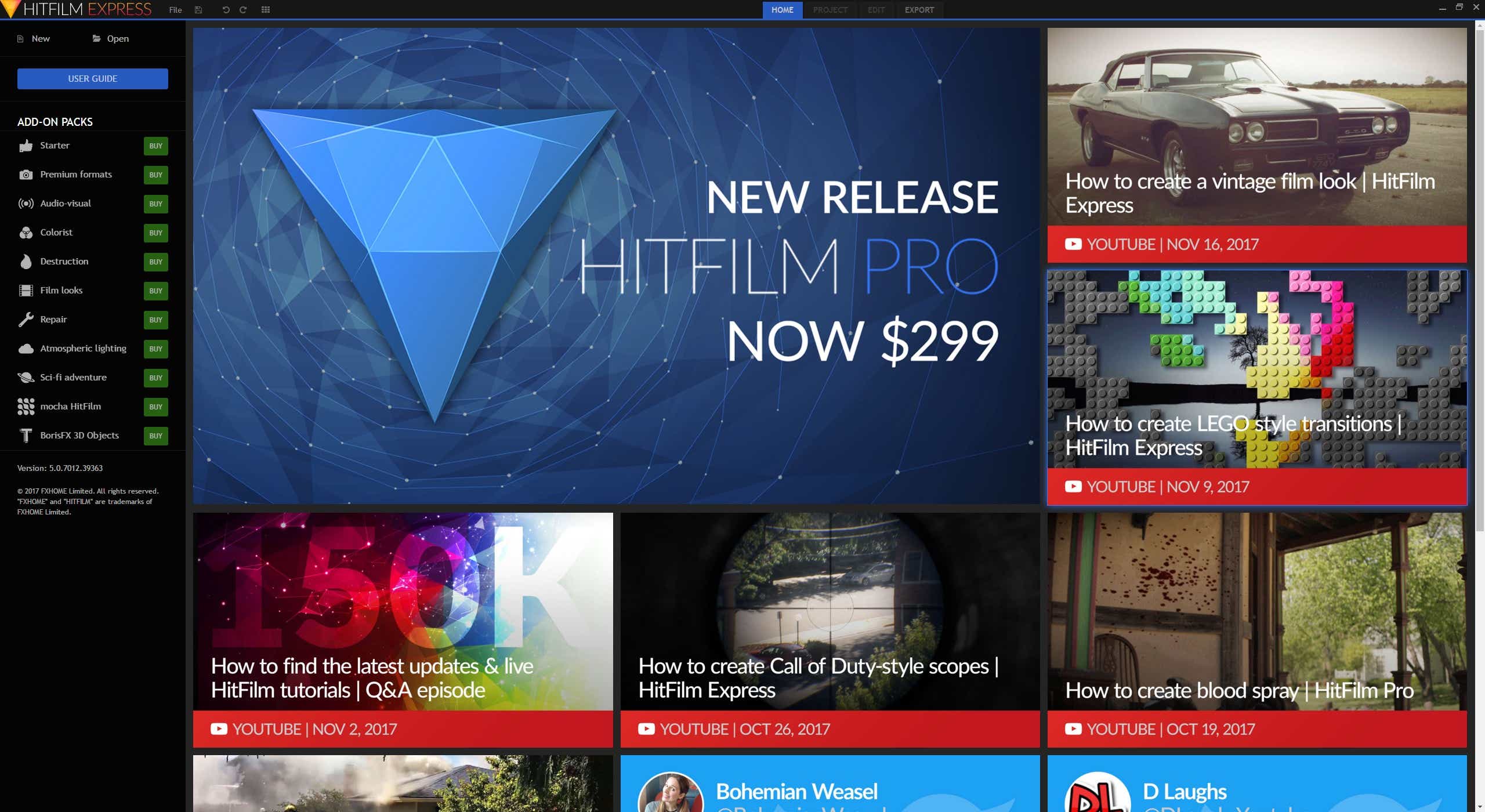
Hitfilm Express takes aim at indie filmmakers with great tutorials and powerful features. Its unconventional interface could turn off true amateurs who just want to make a home movie, and it has an unappealing download procedure, but it's a great video editing program to use if you want to start making fun videos that mirror the sorts of effects and techniques you see in professional films and web series.
Read our full Hitfilm Express 2017 review
VSDC

VSDC has a lot of features you won't find in other free video editors, like picture-in-picture, video stabilization, and the ability to upload multiple YouTube videos at once. If you can deal with its quirks, it's one of the most powerful options available. But its interface isn't very user-friendly, it has some major limitations, and the free version essentially throttles the speed at which you can process your videos.
Read our full VSDC review
Lightworks for Windows
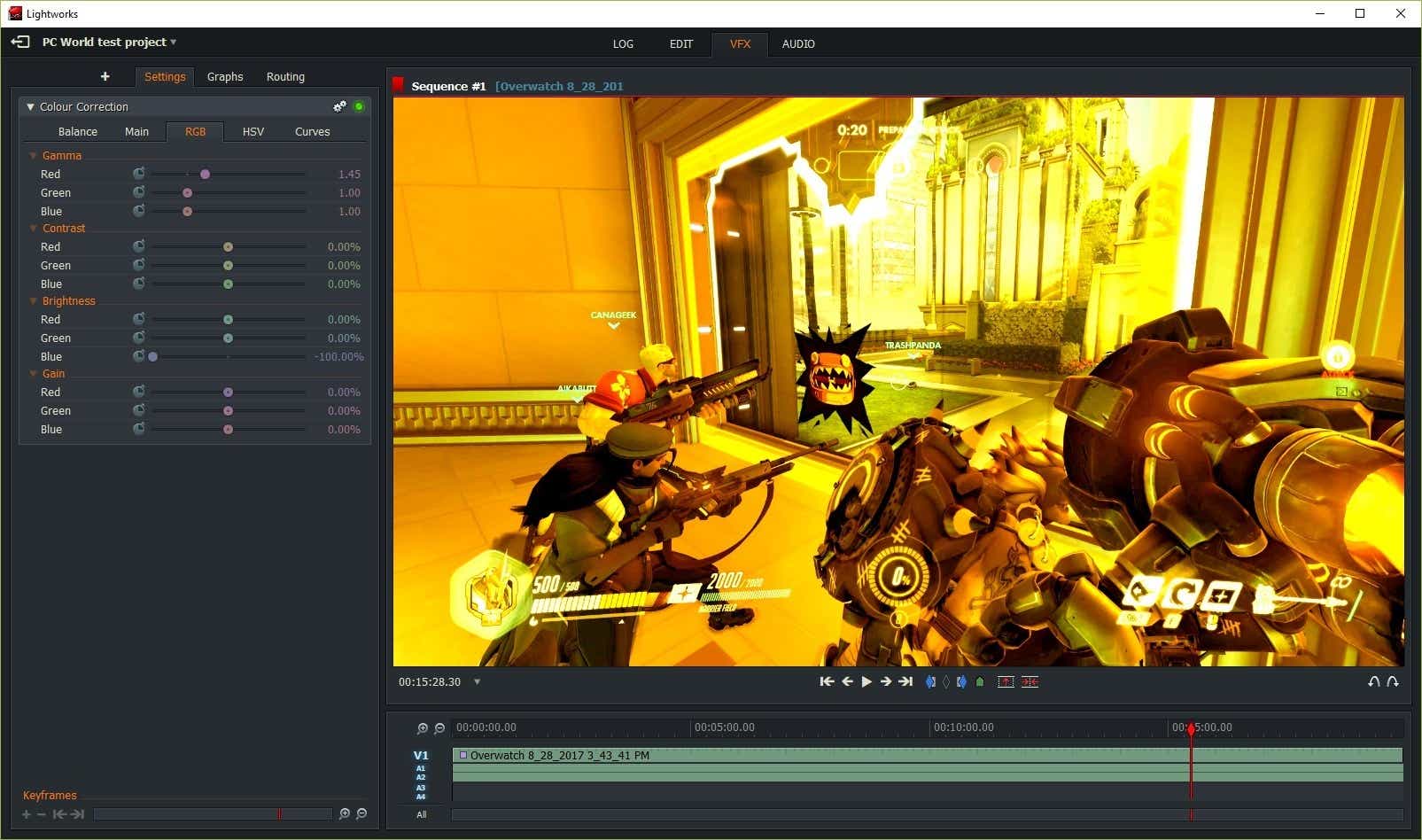
Lightworks has an unusual history for free video editing software—it was born out of high-end, professional film editing software that was used to edit such Hollywood classics as Pulp Fiction. Today, it's just as good with digital media, and it's offered in both a paid and free version. The free version is strikingly powerful in terms of features, but its export options are very limited.
Read our full Lightworks for Windows review
Note: When you purchase something after clicking links in our articles, we may earn a small commission. Read our affiliate link policy for more details.
- Related:
- Productivity Software
- Video
What to Do When Your Done Editing Your Video
Source: https://www.pcworld.com/article/3223911/the-best-video-editing-software.html